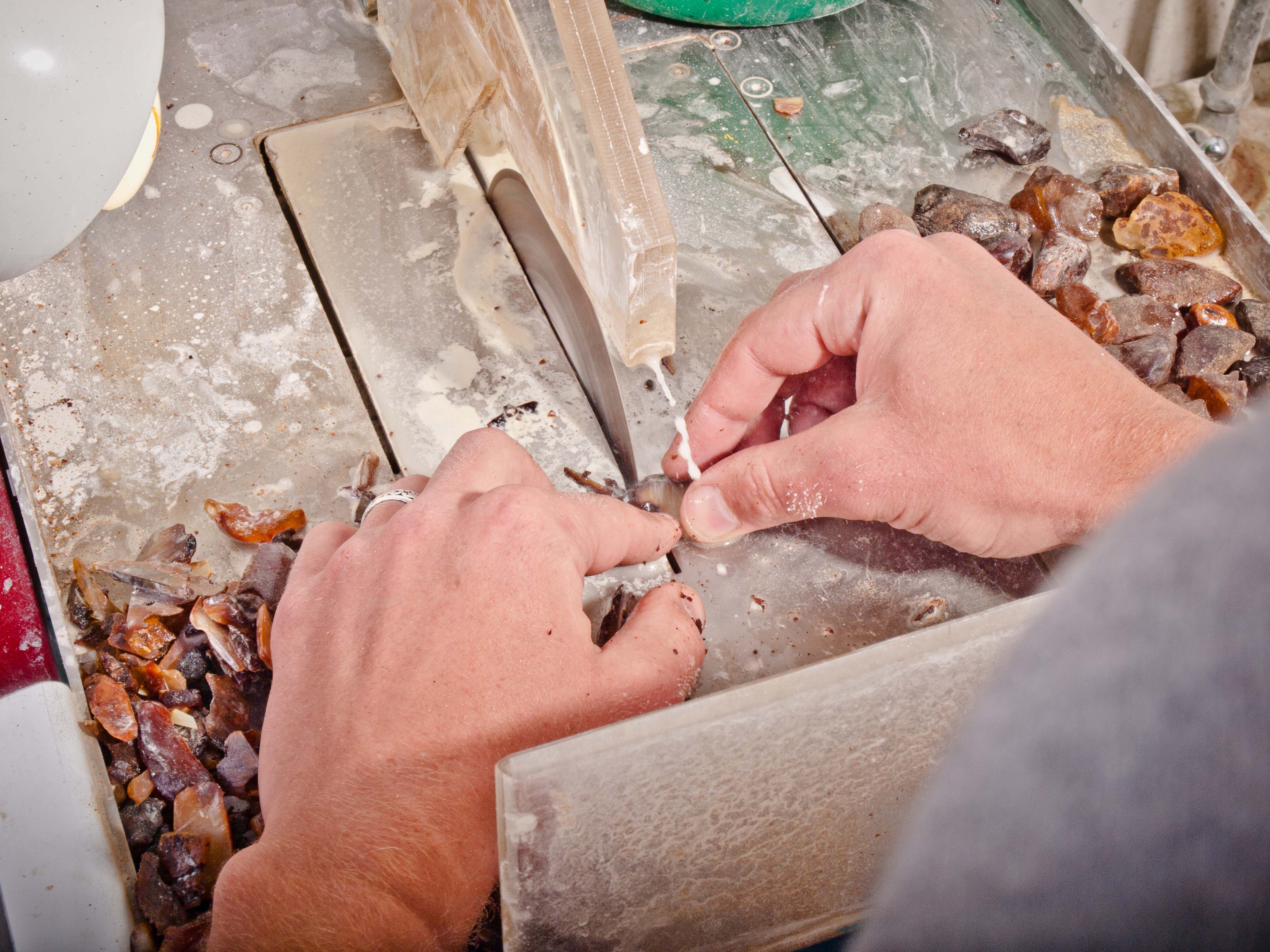Amber processing technologies
Nature has endowed amber extraordinary beauty and warmth, so it is very popular in the modern world. Masters during the long years of trying to improve this gem. Now specialists of the amber case reached the full transparency of amber, expanded its color. The processed material is much more valuable and are used for the manufacture of jewelry which you can view on the yantar.ua website.
You Should pass a series of special preparatory operations that handle amber. Initially amber cleaning and sorted, so as a kind of natural stone relatively nondescript, amber covered oxidized brown crust. After careful sorting gem is delivered to the workshop of mass production, where the stone is removed surface crust, Polish and see what is new material. Procurement of future products are roughly handled pieces of amber. The abrasive machine solar stones attached to the necessary form. This procedure is called rough grinding.
The Main types of amber processing
Bruting — removing crusts, and patina, formed as a result of weathering, with coarse-grained skin, and nail files. To Stripping always start with the transparent side of the stone, which was facing the sun. The lower cortical part, will become a perfect backdrop for the future of amber products.
Molding — making procurement planned forms. Using the same tools and fixtures stone is attached to a certain amount, silhouette, the spatial pattern.
Alignment — the obtained after bruting and forming of the product has a relatively coarse, with visible scratches, and a grungy look. Skin medium grain smooths down the entire surface. The movement of the skin or stone light, without pressure, circular, rotational.
Grinding — this technique is the exact copy of the previous one, only in this case, the skin is taken of finer granularity. This technique exercises several times, little by little, reducing the degree of granularity. Skin take waterproof, processing lead, moistening the stone or skin

Polishing — the final operation, giving the amber product the perfect "product" shock. Manually on felt, leather, felt, flannel, rotating circles made of the same material. In the production of amber polished on calico fabric circle, rubbed special paste from the amber chips, paraffin, and chalk. Light circular movements polishing is carried out manually. On rotating circles of light touch and constant movements, polished surface.
Mirror effect
The high-quality polished, glossy surface of amber, as in a mirror, reflects all the items. When you are finished processing, the gem is placed in a specially allocated place for him, and then strung on a thread, insert into a frame, fasten to the chain or paste on the basis, etc.
Another method of amber processing – pressing. Amber is very flexible when heated. Amber ingot, clear of the primordial crust. Crust resin is removed from the drum, in which revolve stones at the bottom of this machine is a grinding wheel, about which ambers were RUB. Then amber is milled into a fine powder and put in molds. At a temperature of 180 220 degrees and the pressure of powder becomes a viscous mass. Then his form and give to harden, cooling. This amber is used in the jewelry industry for the manufacture of medical ware and used in the industry as an insulator. There is also chemical processing of amber. The remains after processing of large stones warm up in tanks at a temperature of 350-370 degrees, and as a result of chemical reactions amber decomposes into amber oil (15% of the total mass), succinic acid (1,2%), and “fused amber" (65%).
Not a significant part of the amber relatively large values appropriate for the production of jewelry and fine amber, which is 90% of production goes on pressing and chemical treatment. The largest copies leave on production of rare gifts, and smaller parts are to create artworks. Stones are medium in size jewelry: pendants, earrings, pendants, brooches, rings and other jewelry.
Sometimes inside of amber can be found: insects, pieces of plants, and sometimes air bubbles. Such stones are considered to be of exceptional natural feature of amber and are very dearly prized. Depending on the nature of the properties and characteristics of the stone, there are different ways of processing amber.
